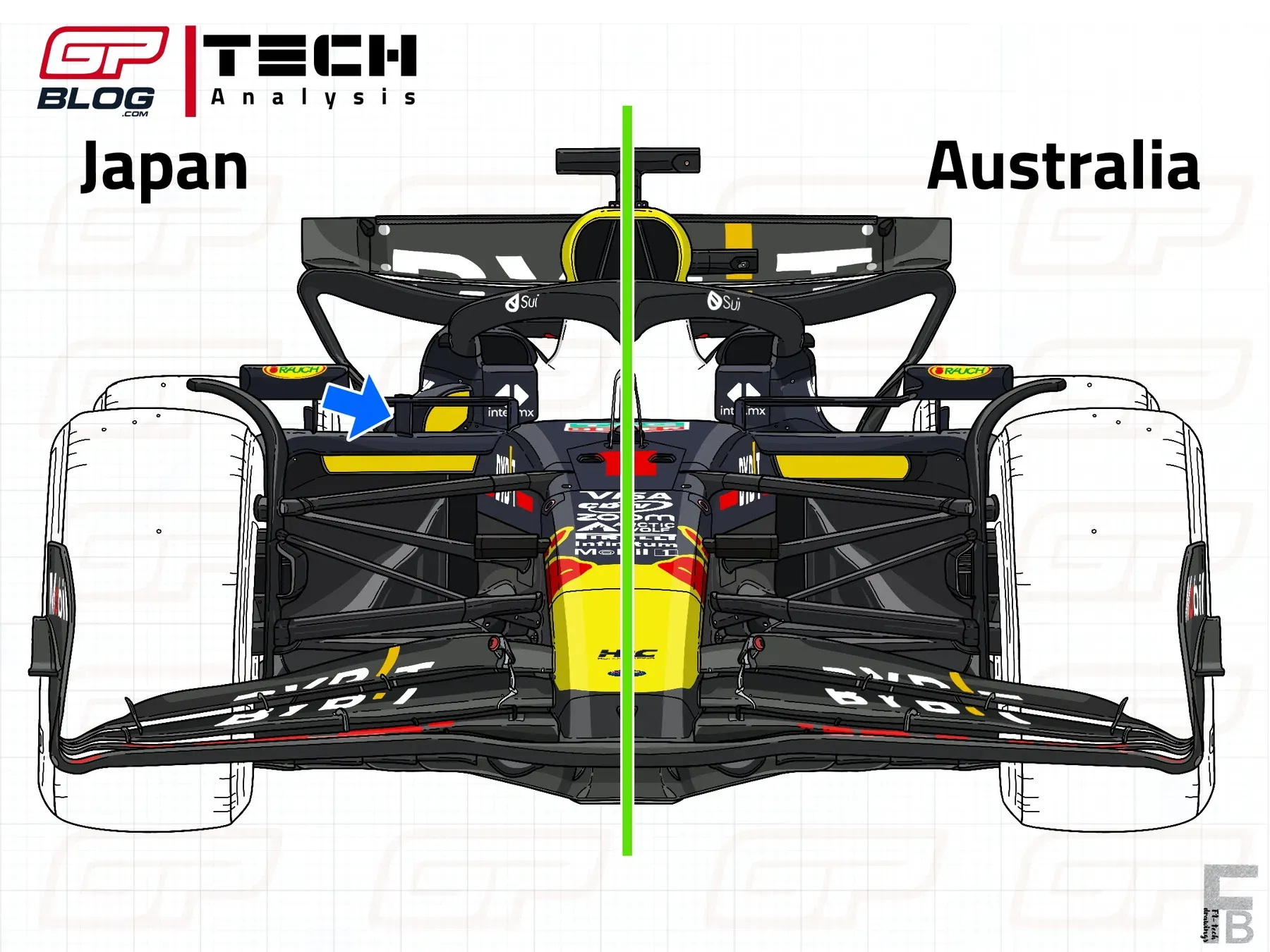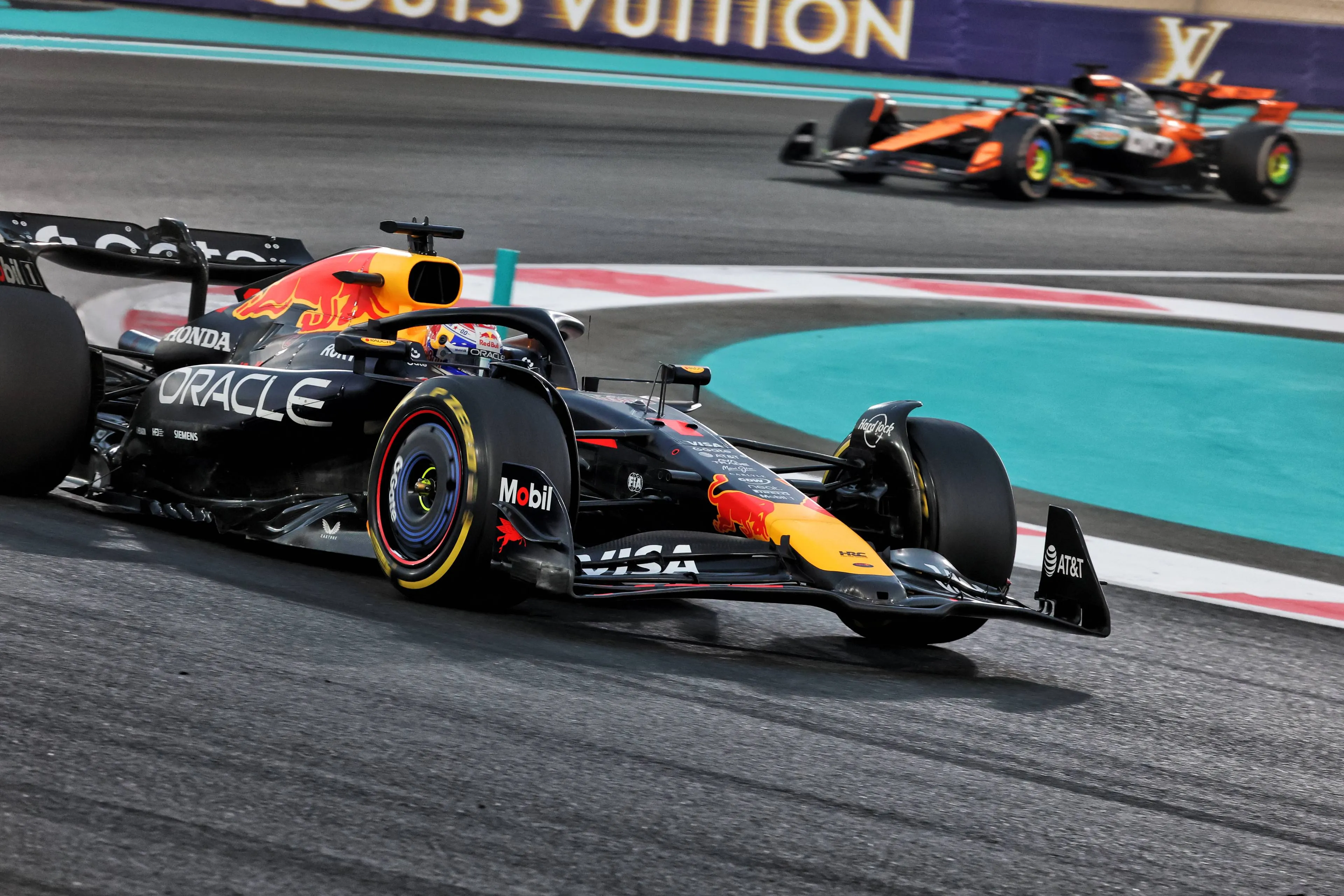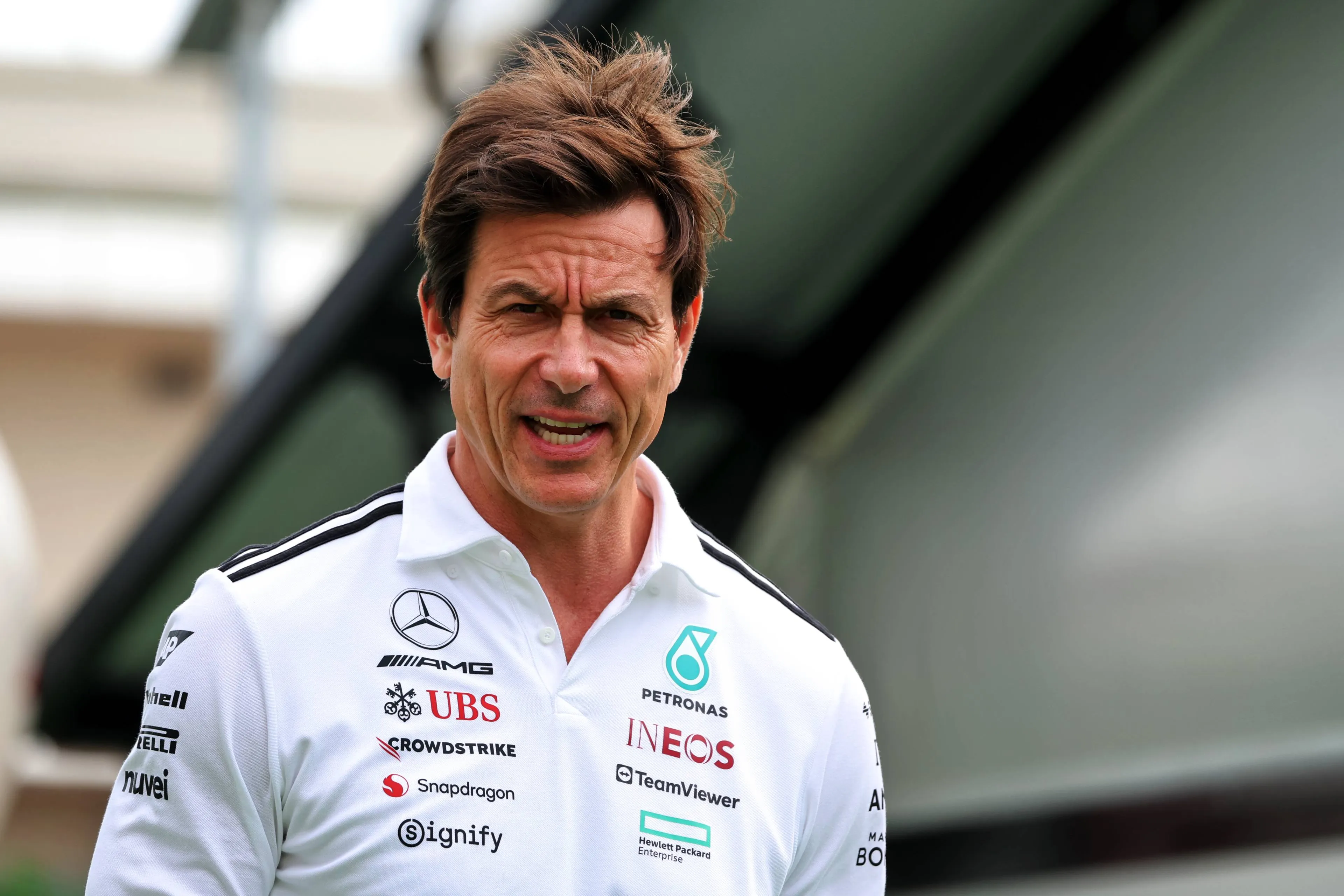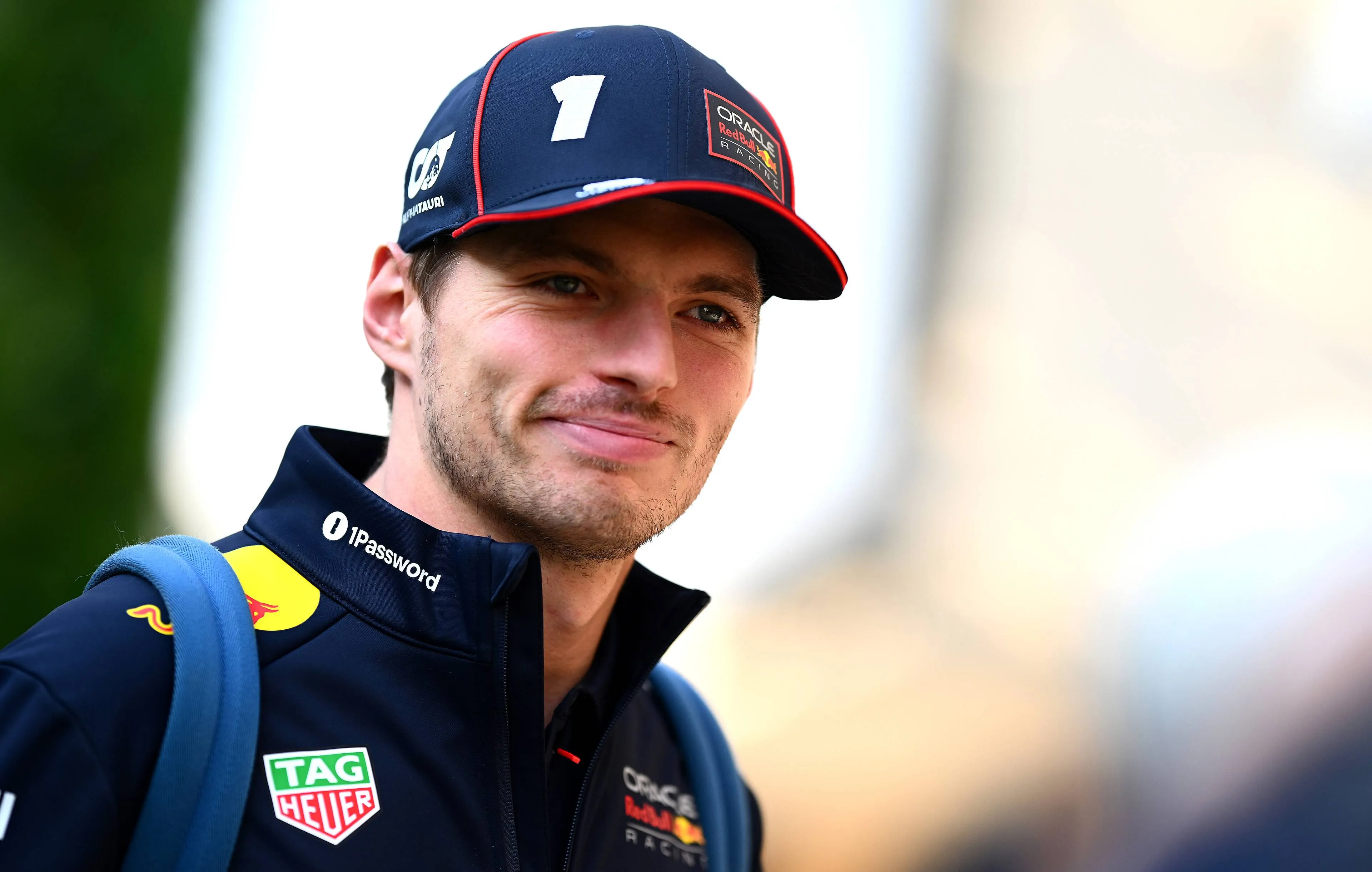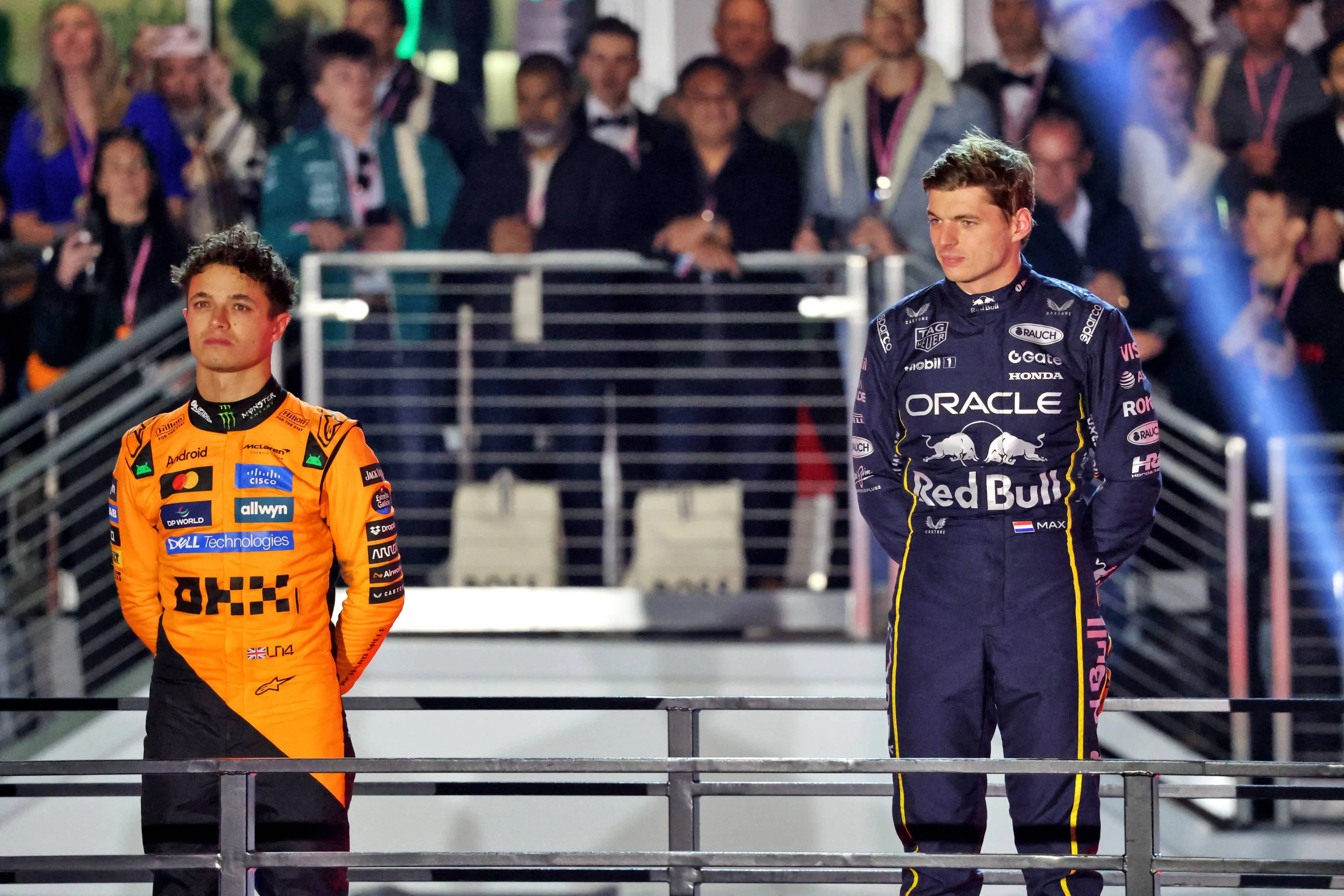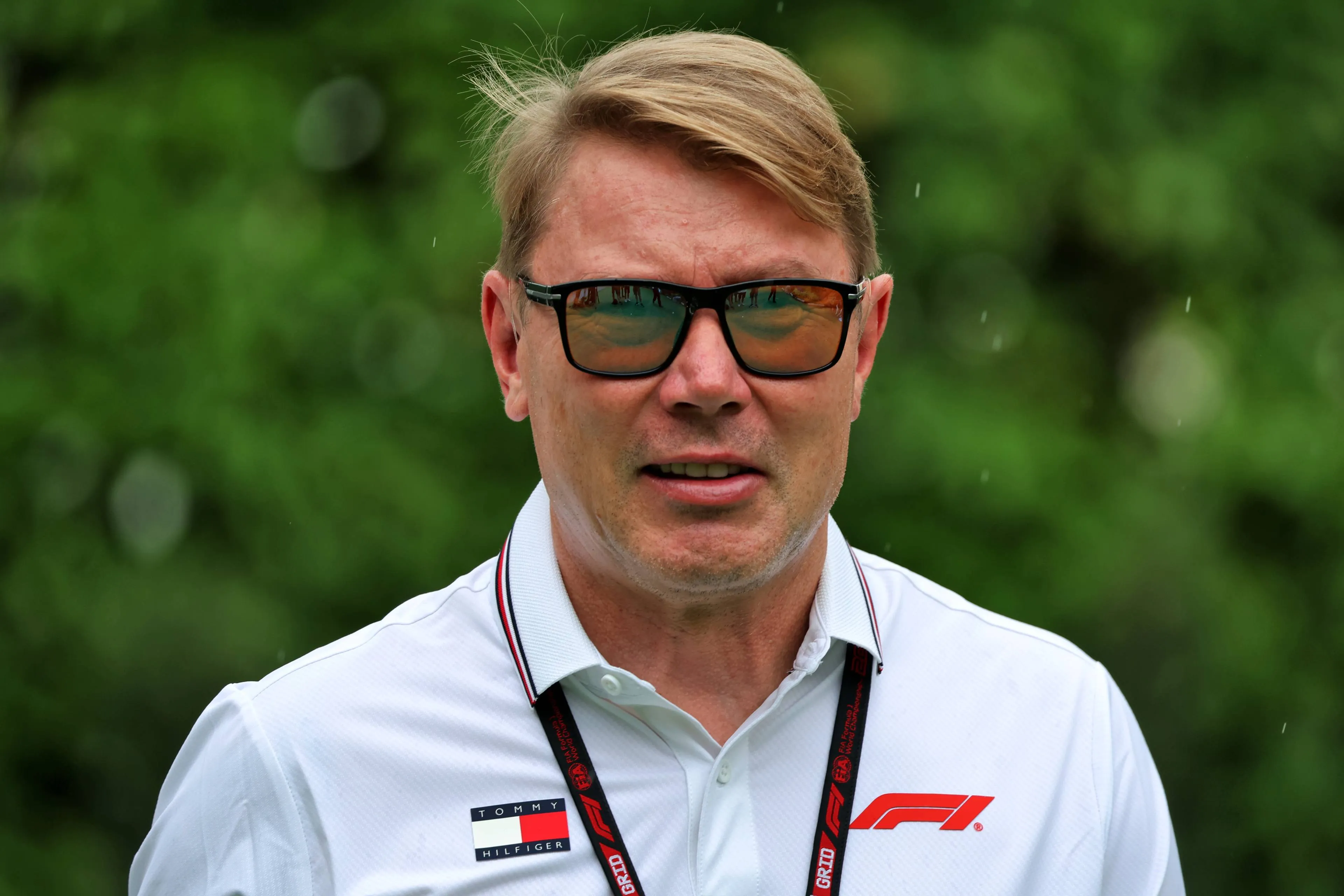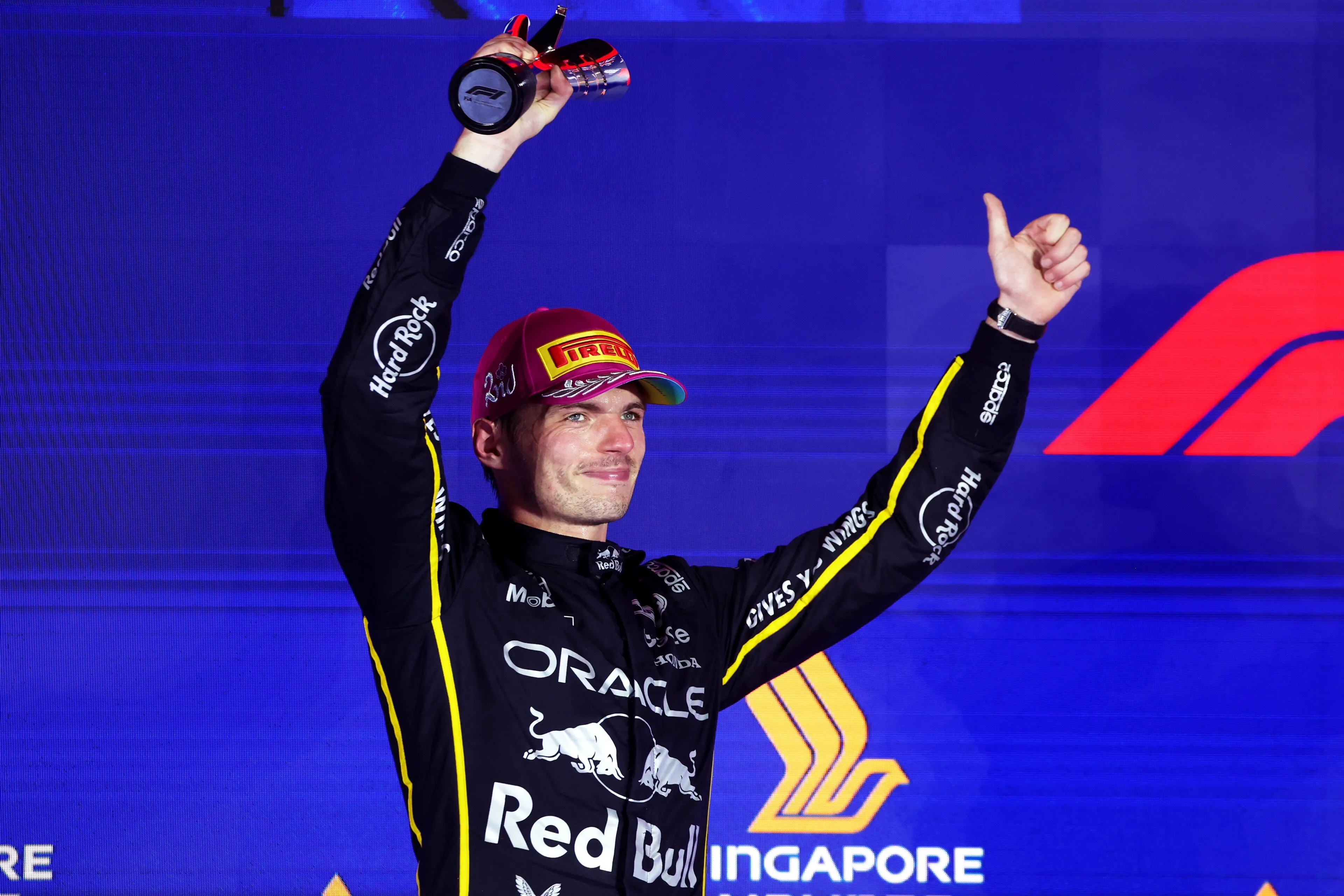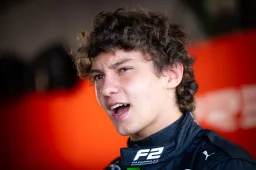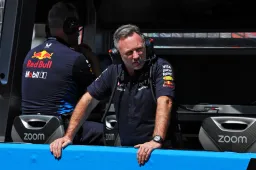After a very tight battle in qualifying between Perez and Verstappen, the Dutch champion managed to get the better of his team mate during the race, setting a pace unmatched by anyone. Despite this, the Mexican driver felt a lot more confident with the RB20 last weekend, being very quick both in the race and in qualifying. Could this performance gain be related to the big upgrade package Red Bull introduced in Japan? Let’s find out.
How the new bits worked
Red Bull showed up on Friday with a series of changes and new parts on the RB20, just as was confirmed in the previous days. The first package of the season concerned some crucial areas of the car: floor, bodywork and cooling inlet.
For what concerns the floor, the team brought an evolution of the previous version used in the first three races of the season: as highlighted in the drawing below, the new floor shows a vertical winglet at the very end of the floor edge’s “knife”. This change has the goal of generating vortices to seal off the bottom in its terminal part, preventing turbulence or gusts of wind from "disturbing" the flow of air underneath the car. Moreover, it also diverts the flow coming from the undercut and from the top of the floor outwards, reducing the mass of air impacting on the rear tyres, reducing drag. In this regard, the cover of the lower SIS (side impact structure), sunk into the bottom (red arrow on the right), has also been changed. The floor now shows a "step" where the impact structure lays, dividing the flow into 2 channels: the first one directed towards the floor edge and the second one directed towards the beam wing and rear diffuser. This solution is very similar to the design adopted by other top teams, like Aston Martin and McLaren.

There have also been changes to the lower section of the floor, which unfortunately is impossible to have a look at in normal race conditions.
The other big update concerned the cooling inlet area: two new semicircular cooling inlet have been added at the lateral foot of the halo, while the already existing “shark inlet” has been narrowed and widened (highlighted in yellow in the drawing below), not changing its overall surface (and thus the mass of air through it) but making the undercut bigger, to increase the flow of air towards the floor and rear end of the car. As a direct consequence, the engine cover behind the new cooling inlet has been modelled, as it now has a bulge to push the air towards the beam wing and diffuser.

The goal of the cooling inlet splitting (from 6 to 8) is to place them in strategic high pressure positions, to increase the mass of incoming air and avoid the aerodynamic phenomenon of “stall” inside the ducts, which can cause excessive drag. Furthermore, this arrangement allows the car's efficiency to be significantly increased, improving the RB20 top speeds.
Furthermore, the mirror support has been enlarged and a thick vertical winglet has been added approximately halfway along its length (blue arrow), to divert the air towards the waterslide behind, changing the flow alongside the new cooling inlet.
The RB20 has a larger 'working window'
All these new solutions were brought in Suzuka not only to increase the RB20 aero-efficiency, making it fast in all high-speed sections and straight lines, but especially to widen its operating window in all conditions. Last year, in fact, the RB19 was a very ‘peaky’ car, which struggled a lot in slow corners and whose maximum potential could be extracted only by Verstappen (especially in some specific conditions, like highly windy or wet races).
For this year, the engineering team directed by Adrian Newey and Pierre Waché had the main goal of widening the operating window, to make the car quicker in all kind of corners and conditions.
This aspect was also confirmed by chief engineer Paul Monaghan in an interview to PlanetF1.com: “So your aim is to give yourself a platform on which you can work towards lap time, not necessarily headline downforce figure. […] You’ve got to make it safe. It’s no good having it peaky and behaving itself in one aspect of the track and not in others.”
As seen in Japan, the RB20 doesn’t produce a peak downforce higher than McLaren or Ferrari for example (in Sector 1 the performance in fast corners was levelled up), but at the same time is faster in medium-speed and especially slow speed corners and chicanes (Red Bull have been the fastest in the last chicane for all weekend).
This versatility allows the RB20 to put the tyres in the right operating window in all conditions, independently from the asphalt temperature or atmospheric conditions.
As seen last weekend, despite the low temperatures, Red Bull were the only team that was able to bring the tyres up to temperature faster and made it last for the whole qualifying lap, proof of their big working window.
This aspect, however, doesn’t necessarily mean that the car is way quicker than others, but at least it make it easier to drive, especially for Sergio Perez: the Mexican driver felt more confident with the car during the first few races of the 2024 and proved once again its value, being very quick both over one lap and in the long distance. As he said during the post race interview: “I was a lot more comfortable. I think we are in a good momentum. If you remember here last year was probably my worst weekend. So I think if we are strong in places like this with a lot of high and medium-speed corners, I think we can be strong anywhere else.”
His words underline the step forward made by Red Bull in making the car more comfortable for the drivers, improving their overall performance on all circuits.
In conclusion, after the first upgrade package, Red Bull showed all their superiority to their competitors, proving that there’s still a long way to go to challenge them over a whole season.
Read more about:
Popular on GPBlog
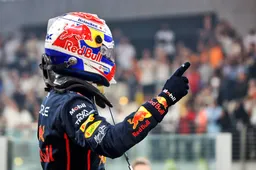
1
Verstappen beats Norris to FIA award after missing out on drivers’ title
6885 times read

2
Verstappen set to miss FIA Gala for the first time in years!
2808 times read
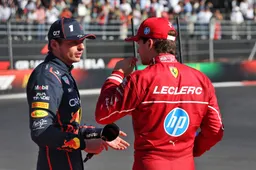
3
Leclerc looking to go the Verstappen way with confession at FIA gala
2678 times read

4
Verstappen leaves Norris and McLaren with message after missing FIA gala
2658 times read
Loading
